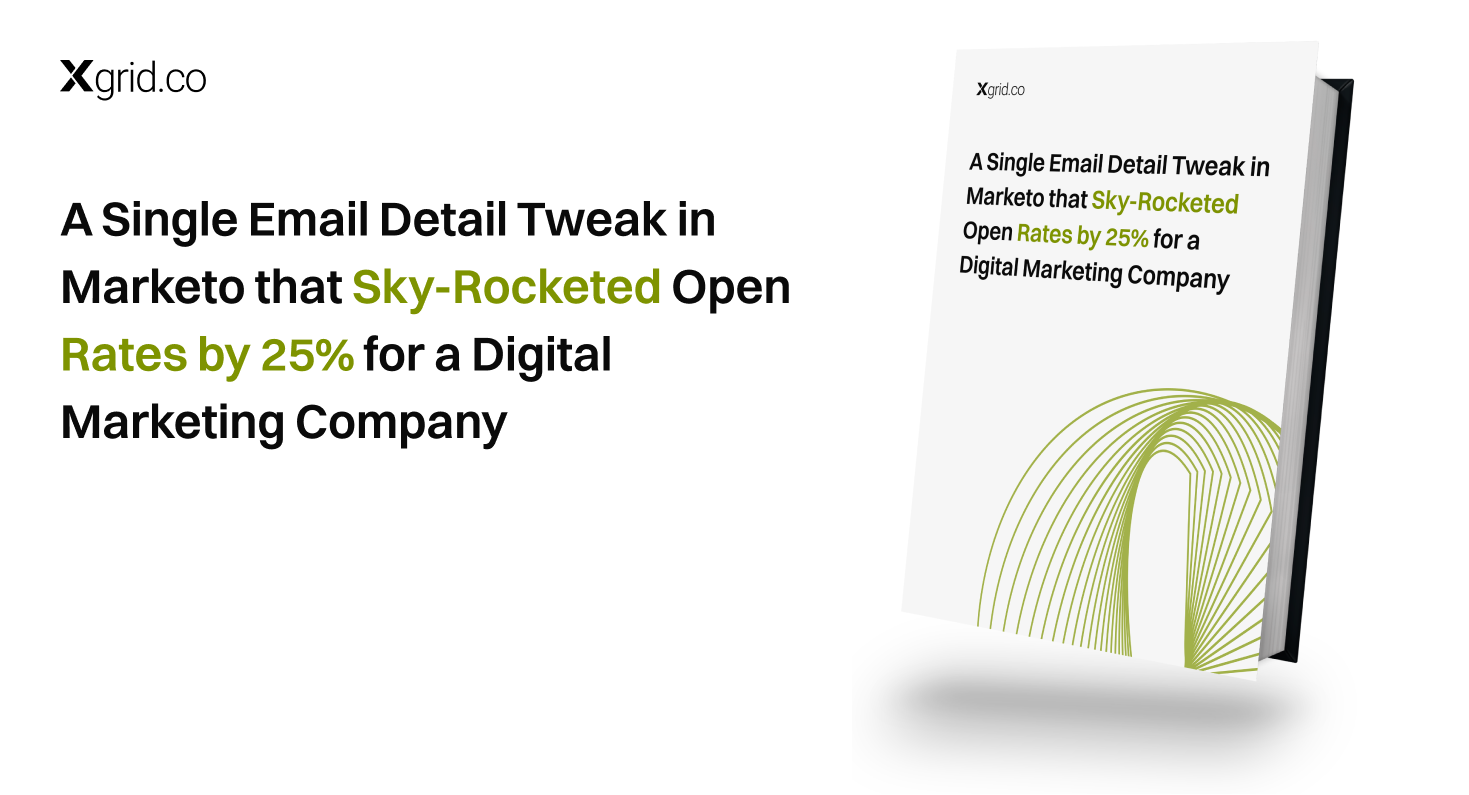Personalization in the "From Address" significantly boosted open rates and engagement.
How Optimizing Marketo-Salesforce Sync Resulted in Faster Sales Cycles for a B2B Company
0
%
Conversion Rate Increase
0
%
Reduction in Sales Cycle
0
%
Improved ROI Performance
Solution
Defining Key Data Elements:
Sync Flow Setup
- Lead Sync: A two-way data flow was established, ensuring that any lead created in either platform was automatically pushed to the other system, along with associated details like lead score, lifecycle stage, and engagement metrics.
- Real-Time Updates: The sync was configured to update lead statuses, scores, and activity data in real-time, allowing the sales team to access the latest marketing insights on leads.
Conflict Resolution:
Field Mapping and Data Quality:
Testing and Monitoring:
Results
Improved Lead Qualification:
By syncing Marketo’s lead scoring with Salesforce, the sales team was able to focus on high-priority leads, resulting in a 30% increase in conversion rates.
Faster Sales Cycles:
With real-time access to up-to-date lead and engagement data, sales reps were able to act on leads more quickly, reducing the average sales cycle by 20%.
Better Marketing-Sales Alignment:
Marketing teams gained insights into sales progress and could optimize campaigns based on real-time feedback from the sales team, leading to a more cohesive strategy and a 15% improvement in ROI from joint campaigns.
Enhanced Data Accuracy:
With the conflict resolution rules in place and regular monitoring, data discrepancies were minimized, ensuring that both marketing and sales teams were working with the same accurate, up-to-date information.
Key Takeaways
A carefully configured sync process not only saved time but also reduced errors, resulting in more accurate lead handling and faster sales cycles.
Collaboration between marketing and sales teams became much smoother, as both teams had access to the most current data.
Best Practices Derived
Ensure data quality by implementing validation processes on both platforms before setting up the sync.
Automate workflows between the two systems to maximize efficiency, such as automatically converting high-scoring leads to opportunities in Salesforce.
Regularly monitor the sync and perform tests to ensure everything is functioning smoothly and without errors.
By aligning marketing and sales systems through proper integration, the company was able to optimize its processes, resulting in enhanced productivity, better customer engagement, and increased revenue.



